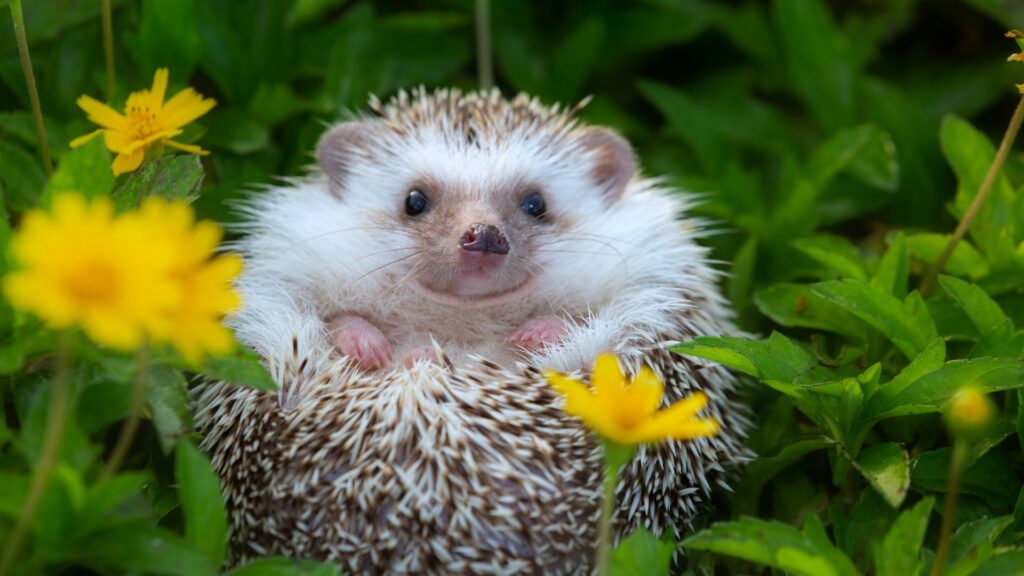As soon as spring begins, wildlife care centres begin dealing with the annual influx of hedgehogs in need of medical attention, many of which have been injured by robotic lawnmowers. Severely mutilated, the survival rate for these animals is extremely low. Nature experts are now calling on people to adapt the use of robotic lawnmowers to protect this already highly endangered species.
Hedgehogs are essential to biodiversity and are valuable allies in the garden. They hunt slugs, snails and various insects generally considered harmful by gardeners. Unfortunately, this small mammal is now highly threatened by the use of pesticides, the destruction of its natural habitat and the increase in road traffic which have led to a drastic drop in the hedgehog population in Europe over the last few years.
Now they face a new danger as more and more people employ robotic lawnmowers in their gardens to keep their grass under control. The problem lies mainly in the use of these robots between dusk and dawn, the most active period of the day for hedgehogs.
Very low probability of recovery
Robotic lawnmowers have sensors to avoid obstacles but with the hedgehog's muzzle usually pointed at ground level, the sensors often detect the animals too late. The result is usually severe injury to their heads and front legs. The probability of recovery from these wounds is almost zero.
If the accident occurs during the night, the animal is often not found until much later in the day when their injuries have become impossible to treat, while some will never be discovered and will die a long and agonising death. There is great concern amongst experts for the young hedgehogs that will emerge from the nest during the month of June.
Wildlife experts say it is possible to find a compromise between lawn care and wildlife protection by programming robotic lawnmowers to operate outside the highest period of activity of the hedgehog at the end of the day. Recommendations suggest operating these machines between 10:00 and 17:00.
Even if you use a traditional lawn mower or other trimming machine in the garden, it is always advisable to inspect the garden beforehand. Do the same when you plan to burn fallen leaves or wood in the autumn.
Related News
- 'Hedgehogs are not pets': Too many ending up in shelters
- Hedgehog population declines in Brussels, Flanders, study says
Hedgehogs can also be protected in the garden by providing them with natural shelters such as piles of logs where they can feel safe both during their active season and their hibernation. Keeping bushes and hedges in areas away from any potential mowing will also provide hedgehogs with safe haven away from the machines.
Putting water and food out for them in areas away from mowers will also help, although remember that bread or milk is actually dangerous for hedgehogs. Cat treats such as croquettes, preferably chicken, are much more appreciated.
If you find an injured hedgehog, contact a wildlife rehabilitation centre as soon as possible. The volunteers will then inform you about the procedure to follow.

